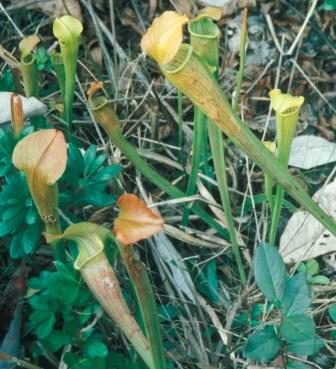by Carl Strang
This last post on the scientific literature from 2012 includes notes from studies that spanned the time range of human evolution and geographic expansion. The review begins 4 million years ago with Australopithecus anamensis in Africa, and ends a little over 10,000 years ago in Ohio.
Estebaranz, Ferran, et al. Buccal dental microwear analyses support greater specialization in consumption of hard foodstuffs for Australopithecus anamensis. Journal of Anthropological Sciences, 2012; 90: 1-24 DOI: 10.4436/jass.90006 As described in a ScienceDaily article. Microwear of molars is consistent with a diet of seeds, tubers and leaves for Australopithecus anamensis. This contrasts with the fruit-heavy diets of both the ancestor of anamensis (Ardepithecus ramidus) and its descendant Australopithecus afarensis.
Green, David J., and Zeresenay Alemseged. 2012. Australopithecus afarensis scapular ontogeny, function, and the role of climbing in human evolution. Science 338: 514-517. For the first time, shoulder blades of this species have been studied. Their similarity to those of apes (both in structure and in the fact that those of young are similar to those of adults) suggests that this upright walking species still was adapted for tree climbing as well.
Berna, Francesco, et al. Microstratigraphic evidence of in situ fire in the Acheulean strata of Wonderwerk Cave, Northern Cape province, South Africa. Proceedings of the National Academy of Sciences, April 2, 2012 DOI: 10.1073/pnas.1117620109 They found evidence of cultural use of fire dated 1 million years ago, 300,000 years earlier than the previous evidence. This was the time of Homo erectus.
Wilkins, Jayne, Benjamin J. Schoville, Kyle S. Brown, and Michael Chazan. 2012. Evidence for early hafted hunting technology. Science 338:942-946. They found spear points in South Africa from 500,000 years ago, the time of Homo heidelbergensis, the last common ancestor of Neanderthals and modern humans. This indicates that the spears used by both had a common cultural origin. The previous known oldest spears were at 300,000 years ago.
Mathias RA, Fu W, Akey JM, Ainsworth HC, Torgerson DG, et al. (2012) Adaptive Evolution of the FADS Gene Cluster within Africa. PLoS ONE 7(9): e44926. doi:10.1371/journal.pone.0044926 They looked at genes which make possible the conversion of medium-length fatty acids from plants into longer-chain fatty acids essential for human brain function. Variation in human populations and in relation to chimpanzees points to the fixation of these gene variations around 85,000 years ago. This coincides with the time when humans began to expand through Africa away from limited coastal areas, where they had remained for the first 100,000 years of the species’ existence. The authors suggest that prior to this mutational event, humans needed fish and aquatic invertebrates to provide these fatty acids, but afterwards could live in a broader range of environments by including plants in the diet that provided the precursors for the brain chemicals. A ScienceDaily article describing this study points out that African Americans as well as Africans, who have the highest functionality of these genes, more often suffer the side effects of hypertension, coronary artery disease, and other consequences of too-efficient use of vegetable oils in cooking.
Finlayson, C., et al. (2012) Birds of a Feather: Neanderthal Exploitation of Raptors and Corvids. PLoS ONE 7(9): e45927. doi:10.1371/journal.pone.0045927 They studied remains in a number of caves and other Neanderthal sites over a long span of time, and found evidence that Neanderthals commonly and deliberately, removed corvid and raptor flight feathers, apparently for use in symbolic adornment.
Rule, Susan, et al. 2012. The aftermath of megafaunal extinction: ecosystem transformation in Pleistocene Australia. Science 335:1483-1486. They used charcoal as an indicator of human activity, a fungal dung spore for megafauna, and also looked at changes in plant communities as indicated by pollen in core samples over a time span from 130,000 to 24,000 years ago. They conclude that human hunting was responsible for Australian megafauna extinctions (at least 20 genera of marsupials, monotremes, birds and reptiles). They then argue that the timing of vegetation changes points to the loss of megafauna leading to an increase in grasses and other fine fuels, so that resulting wildfires promoted a vegetation change in the region around the cored swamp in northeast Australia, from a mixed rainforest to a desert shrub-grass ecosystem.
Brian G. Redmond, H Gregory McDonald, Haskel J. Greenfield, Matthew L. Burr. New evidence for Late Pleistocene human exploitation of Jefferson’s Ground Sloth (Megalonyx jeffersonii) from northern Ohio, USA. World Archaeology, 2012; 44 (1): 75 DOI: 10.1080/00438243.2012.647576 A fossil thigh bone shows saw marks from stone tools were used to filet the muscle, 13,435-13,738 years ago.


















